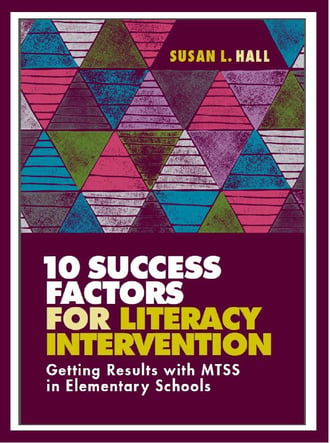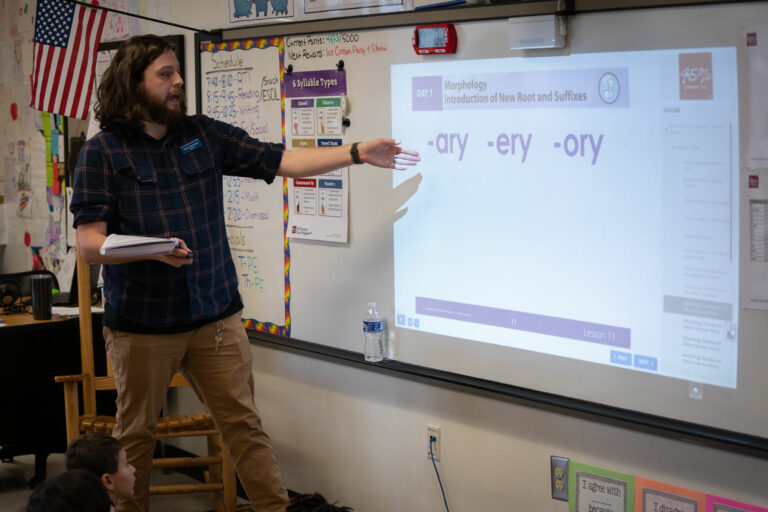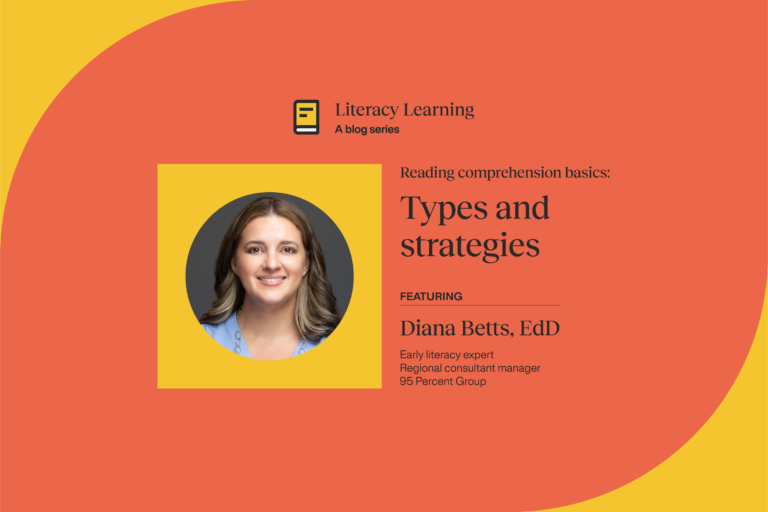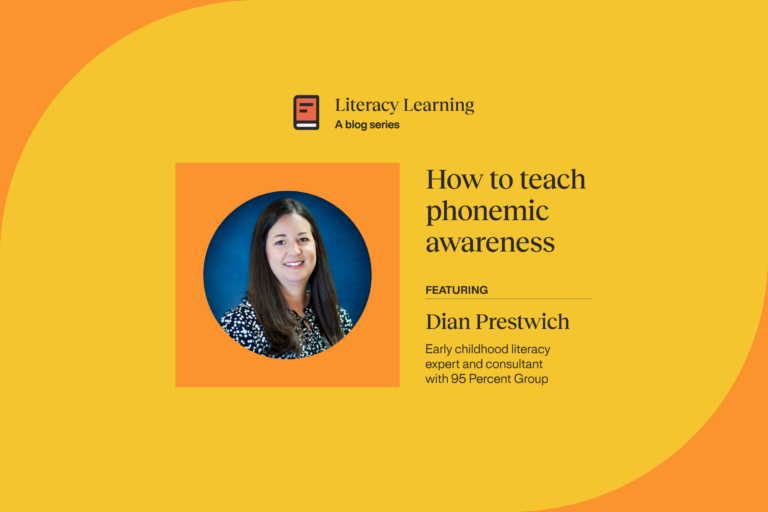Intervention
Explore insights, resources, and research to help you get students reading on grade level.

Knock down obstacles—get 5 wins for literacy intervention
Discover better intervention with 95 Literacy Intervention System™
I have been waiting for this kind of systemic change in intervention for 30 years!
Jim Monti Former Director of Educational Reform, Compliance & Technology
Featured insights
We were struggling with moving our students forward using the tools we had. We had heard about a neighboring district who was using 95 Percent Group products and visited their classrooms to see it in action. It was terrific to see what strong intervention really looks like.
Renee Hall
Experts corner: Transforming literacy intervention
Learn how the powerful assessment data, grouping tools, and resource recommendations in this new, essential technology solution can improve literacy outcomes for your students.
One of the biggest challenges faced by teachers and school systems is how to identify exactly when and where to intervene with a student. To solve that effectively, you need to have an evidence-based, predictable progression of skill development in place for students.
Susan Adelmann Vice President, Platforms
Spotlight Texas: Southside Independent School District
Southside Independent School District is in the southside of the city of San Antonio, Texas, and serves more than 5,000 students, including those in their four elementary schools and one early childhood center. It is a Title 1 district, designed to help underserved students meet state academic content and performance standards.
This one student came in not knowing any letters and sounds. In October 2021, he started using 95 Percent Group’s instructional material and his reading just took off. He went through leaps and bounds.
Julie Groce First Grade Teacher, Gallardo Elementary School
How to help a child with dyslexia read
One of the most important steps in making sure children with dyslexia receive effective reading instruction is understanding these two truths: reading well with dyslexia is challenging and also very possible. The International Dyslexia Association speculates that about 15-20% of the population shows signs of dyslexia–though many will never have a diagnosis. Teaching reading to students with dyslexia means focusing on instruction that is structured, sequential, and highly multisensory in order to increase the chance of retention.
Teaching in a classroom filled with students that learn differently and have varying needs is already challenging. This is why it’s important to identify accommodations or strategies teachers can use to support children with dyslexia that are reasonable and not overwhelming.

Laura Stewart Chief Academic Officer

Do you know how to successfully implement and sustain MTSS?
In 10 Success Factors for Literacy Intervention: Getting Results in Elementary Schools, Dr. Susan Hall candidly shares her experience helping school districts across the country successfully implement and sustain effective MTSS processes on their elementary campuses.
Learn the most important factors from schools that are getting results from their literacy MTSS
Implement and sustain effective MTSS processes

Professional learning on the science of reading
Get ready to improve your instructional practices, get support through our ongoing coaching, or attend an upcoming workshop or webinar.
In higher education as well as my classes for certification, there was never a focus on HOW students learn to read and the processes in the brain. Through this Science of Reading training, I was able to have a better understanding of how students scientifically learn to read.

Reading Specialist Riverside Elementary School










